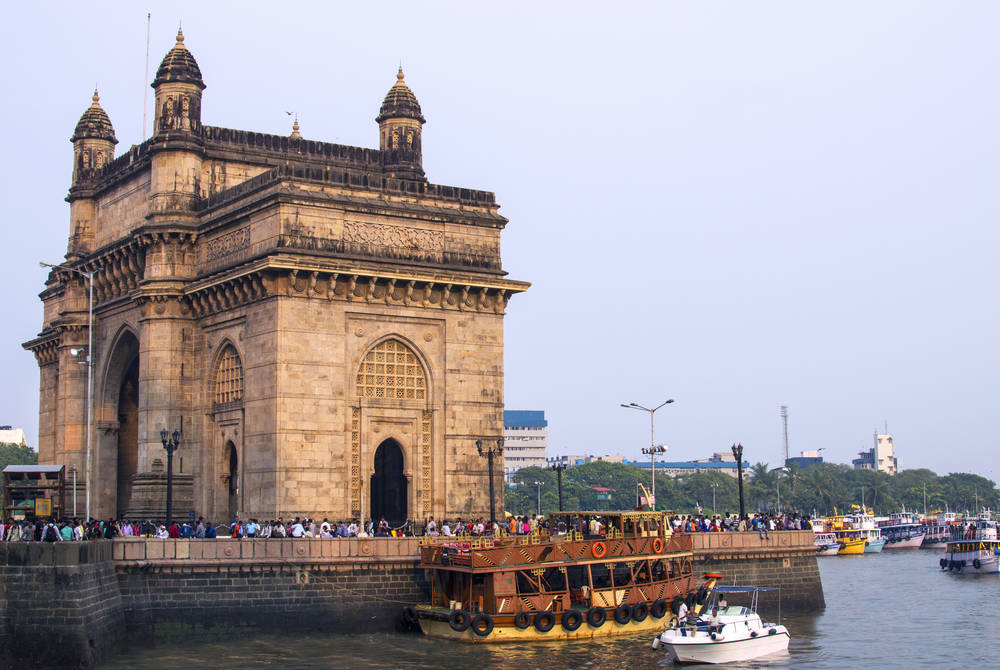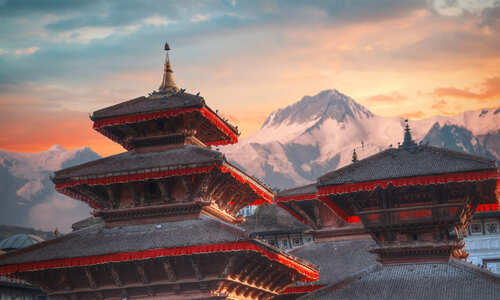Article content
15 February 2019 by Claire Benktander
India’s illustrious Festival of Colours, the annual Holi party, has long been characterised by emblematic pictures of animated locals on busy streets, covered in rainbow hues tossed out of bright packets of gulal (coloured powder). But it's not just about frolicking among lively strangers – its ancient roots stem from religious mythology and are of the utmost significance for Indian Hindus. We take a closer look at the festival that epitomises India – vibrant, colourful and at times overwhelming. Discover the varying celebrations held within the country, with Jaipur in enchanting Rajasthan containing some of India's best tourist-friendly festivities, experienced within one of our captivating itineraries.
Winter is over and spring beckons – Holi officially ushers it in, but another of the main reasons for the festivities is to commemorate the victory of good over evil. This stems from a variety of mythologies, with one of the most famous being the burning of a demoness, Holika. Legend says that the god Vishnu saved one of his followers, Prahlad, who had been tricked into sitting in a pyre by his evil aunt Holika, who was then burned after Vishnu summoned a gust of wind to blow her flame-shielding shawl onto Prahlad. In accordance, the night before the main Holi event, a fire is lit – a ‘holika’ bonfire. In other areas of India, such as Braj, it’s a celebration of Krishna and Radha's love – in Indian mythology the Hindu deity Krishna’s skin was said to be dark blue, and after worrying his love Radha wouldn't accept him, he coloured her face to make them look alike. Hence, the colourful blue gulal symbolises Krishna; the red powder, the colour of Indian weddings, symbolizes love and fertility; yellow the colour of turmeric, believed to have healing properties; and green symbolises spring and new beginnings.

Holi is about the act of coming together, regardless of age, ethnicity or social status – hence the coloured powder that is thrown over anyone and everyone who lines the streets. It takes place over different dates yearly according to the fall of the full moon, with this year’s festival held officially on 20th-21st March. In general, festivities are more jubilant in the north around the Golden Triangle (Delhi, Agra and Jaipur), compared to the more solemn religion-focused celebrations in southern India, but either make for a wonderfully authentic experience. Many areas celebrate before and after the official dates with some regions, such as Braj, around the Mathura-Vrindavan area, continuing the parades over 16 days. The famous Holi of Mathura and Vrindavan begins a week before the official date, attracting tourists from all over the world. It's a popular place of pilgrimage due to Mathura being the birthplace of Lord Krishna, and its neighbouring Vrindavan the place where he spent his childhood. These towns can be reached a few hours from Delhi to experience an authentic way to 'play Holi'.

Holi in Delhi
The sprawling metropolis of Delhi undoubtedly plays host to some of the country’s largest Holi celebrations, with an enormous all-singing, all-dancing carnival taking place on the rainbow-misted streets. Certain areas are overrun with the young and wild, such as backpacker haven Paharganj, but stay in the main tourist areas and southern neighbourhoods and you should have no problems, with lively residents happy for you to join in traditional celebrations. Our Enchanting India with Oberoi Hotels encompasses two days in Delhi, ideal for taking in the magic of the city during Holi as well as exploring markets, discovering bustling streets and sampling local home-cooked Indian food.

Holi in Rajasthan
As almost a microcosm of India itself, Rajasthan has a spectacular royal heritage embodied in forts and fairytale palaces – and, unsurprisingly, holds some of India’s best Holi celebrations over two days. During the first day, festivities are held in the spectacular City Palace in Udaipur, after which elephant-lined streets play host to an enormous parade where locals roam jubilantly among camels and horses. See Rajasthan with our The Essence of Rajasthan itinerary where you'll explore the main areas of this charming region, including Jaipur, Udaipur, Delhi and Agra – a visit to any of these will make for a memorable Holi experience.

Holi in Goa
The festival of Holi is called Shigmostav in Goa and begins with prayers to the village gods before a whole fortnight of celebrations, the last few 5 days of which comprise parades that fill the main beaches with swarms of colours, interspersed with locals and tourists alike. Head here on our City and Sea: Mumbai with Goa Beach extension where you'll have 4 days to experience Goa's laidback attitude and explore its spectacular beaches.

Holi in Mumbai
The vibrant, exciting, and at times hectic city of Mumbai hosts major Holi celebrations throughout the city, with Holi parties bursting with colour seen around every corner of the city's bustling waterfront-lined streets. Experience the thrill of Mumbai with a Holi celebration on our Delhi, Mumbai & The Maharajas' Express – Indian Splendour, where you'll have two days to explore the city, paired with a luxury train journey through India's gems.







